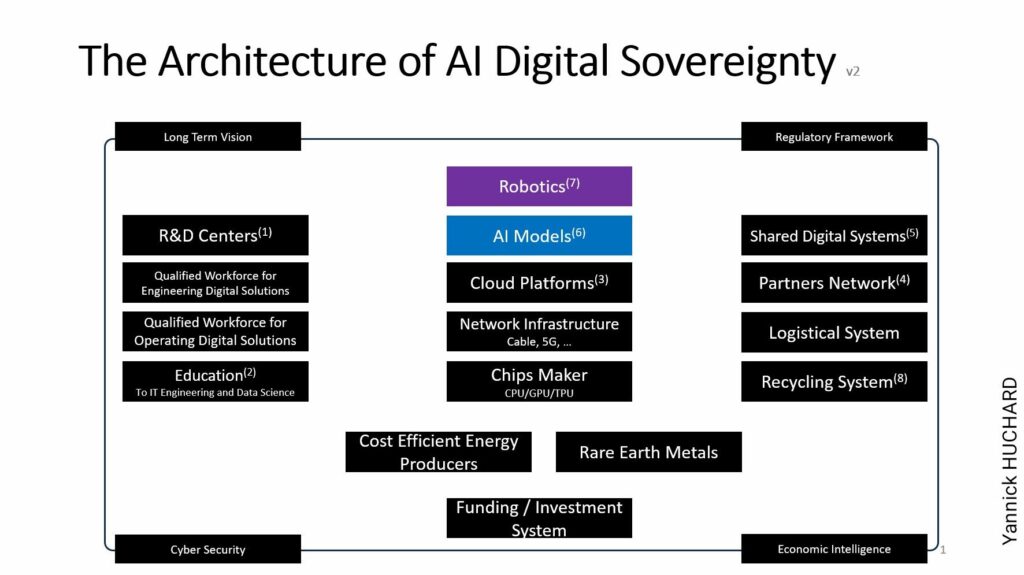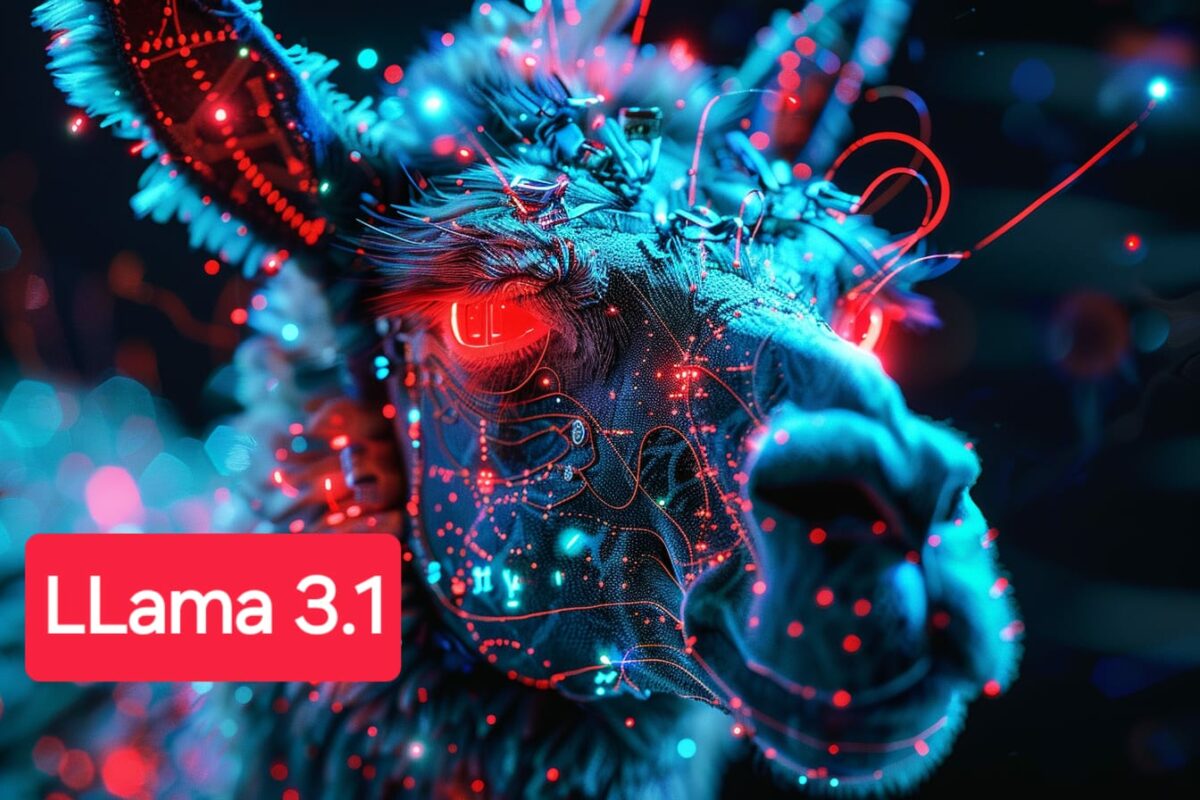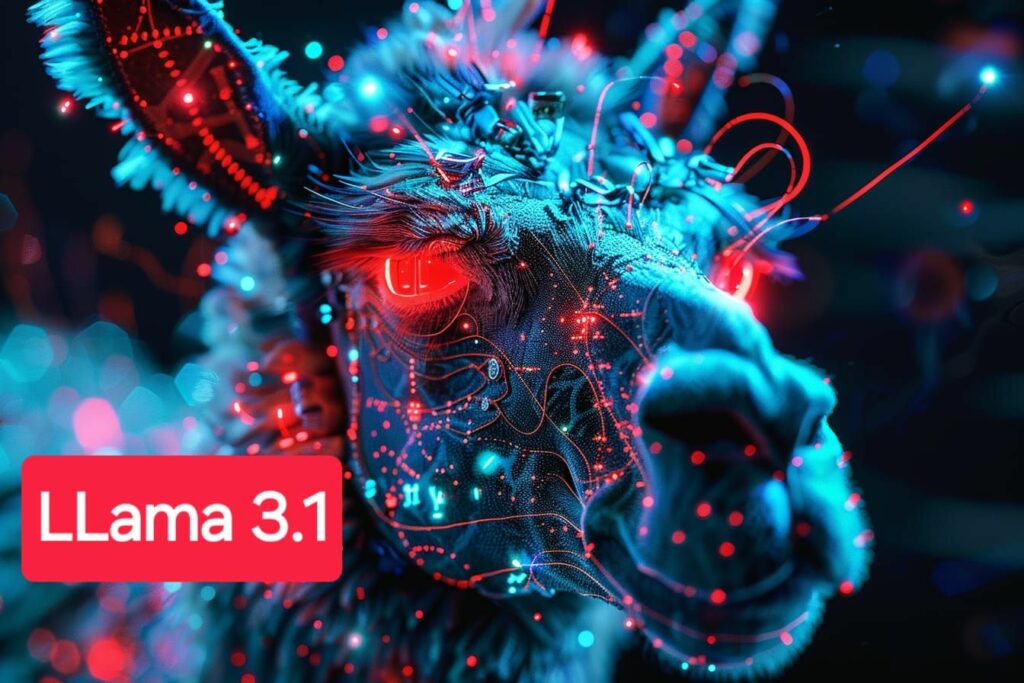In an age of algorithms, the answer to ‘who is in control?’ is more complex than ever.
This was the central question at the ‘Sovereign AI: Building Digital Independence in the Age of Algorithms’ panel at Nexus Luxembourg 2025.
The conversation explored the critical dimensions of maintaining control over artificial intelligence.
Laurent Martinoni, Deputy CIO at NSPA, emphasized a multi-faceted approach, stating, “We can remain in control of the different pillars – Technology, Legal, and People.”
Kurt Rommens, Head of Public Sector and Government at Google, elaborated on the nuances of control, highlighting the need for “Full control without any compromise.” He detailed this by breaking it down into three key areas:
– Data Sovereignty: Ensuring full control over data.
– Operational Sovereignty: Dictating who has access to the data.
– Software Sovereignty: Allowing for vendor lock-in avoidance and leveraging open-source solutions, referencing Google’s invention of #Kubernetes.
In response to the concept of switching core systems, Ronan Vander Elst, Digital & Technology Consulting Lead at Deloitte, pointed out the significant financial implications for institutions like banks.
Peter Heidkamp, Vice President of Financial Services Industry at Aleph Alpha, introduced a sense of urgency and foresight to the discussion.
“We have to plan for the unthinkable,” he urged, stressing the importance of this planning in the current geopolitical area. He also raised a critical vulnerability, noting that “Data that flows into #LLM is unprotected.”
The panel concluded with a thought-provoking challenge from Ronan Vander Elst: “Define the function to which you want to be sovereign.”

My two cents on this: When considering the AI Digital Sovereignty architecture, it’s crucial for corporate leaders to grasp that full sovereignty is:
– difficult
– costly—just ask your CIO or CTO.
– it’s a journey.
Here in Luxembourg, that journey must synergize with national capabilities (hello, #MeluXina AI / LuxProvide !) and align with the country’s official AI Strategy.
The insights from this panel are a crucial reminder of the strategic imperatives in building a sovereign and secure digital future.
Yannick HUCHARD


